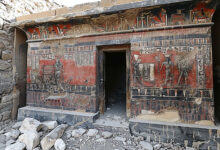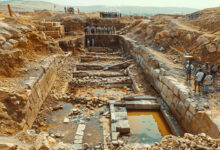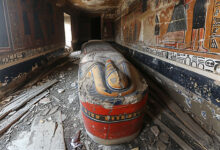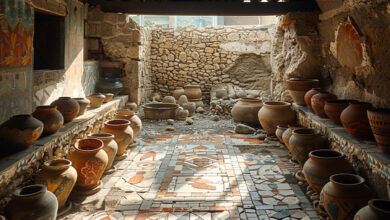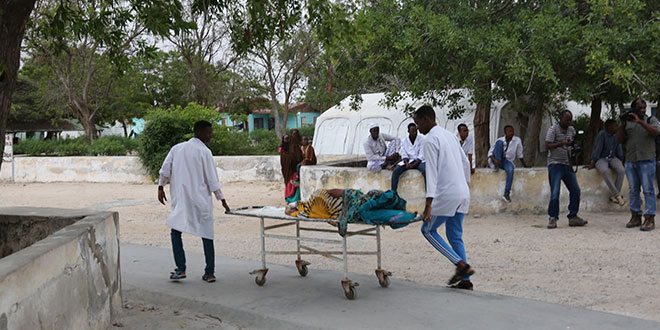Sarcophagus covered in texts dating back 3,300 years discovered
Sarcophagus covered in texts about safeguarding the dead, and scenes. Sarcophagus showed that it was broken and robbed in ancient times.

Egypt unveiled a granite sarcophagus of a high-ranking official under King Ramesses II in the 19th Dynasty about 3,300 years ago, the Ministry of Antiquities and Tourism said in a statement.
“A red sarcophagus was discovered by an Egyptian excavation mission at the Saqqara archaeological site in the south of Cairo,” Xinhua news agency quoted Mostafa Waziri, secretary-general of the Supreme Council of Antiquities, as saying.
The high-ranking official, identified as Ptah-em-uya, was a royal secretary, chief overseer of cattle, and head of the treasury of the Ramasseum, Ramesses’ funerary temple in the Theban necropolis in Luxor city, according to Waziri. Ptah-em-uya’s tomb was found last year, he noted.
The Egyptian team managed to enter the tomb of the nobleman and found his sarcophagus covered in texts about safeguarding the dead, and scenes representing the sons of the god Horus, Waziri said.
Initial investigations of the sarcophagus showed that it was broken and robbed in ancient times because there is no sign of materials used for mummification.
Ramesses II, commonly known as Ramesses the Great, was the third pharaoh of the 19th Dynasty of Egypt. He is often regarded as the greatest, most celebrated, and most powerful pharaoh of the New Kingdom, itself the most powerful period of Ancient Egypt.
